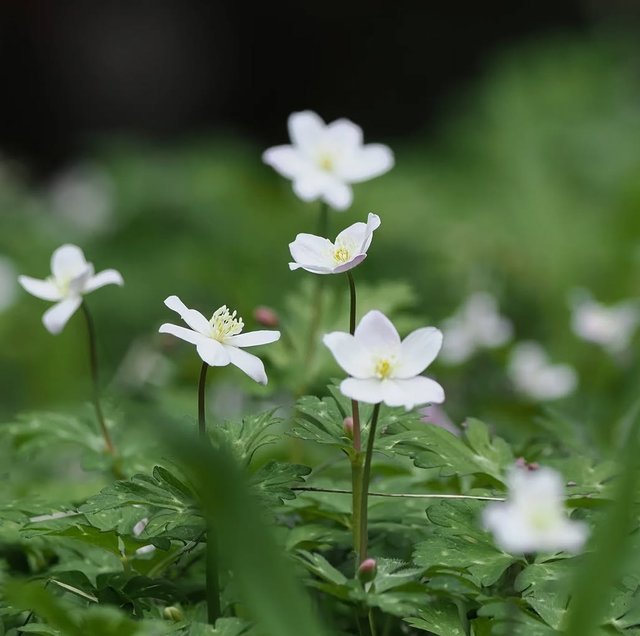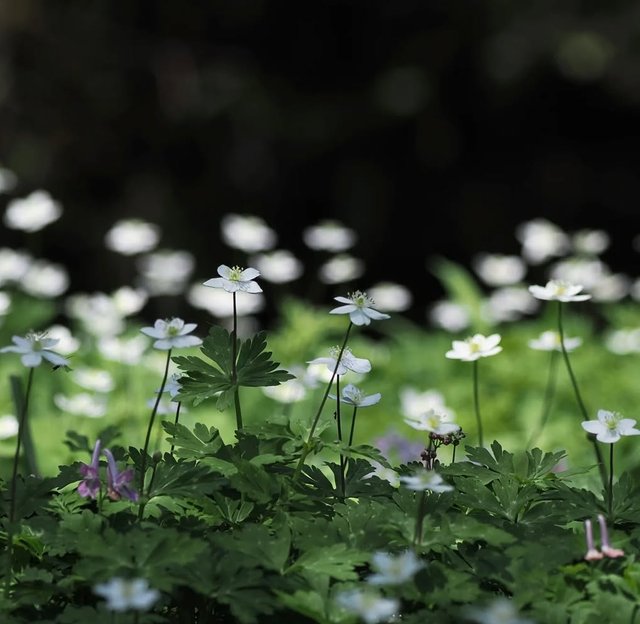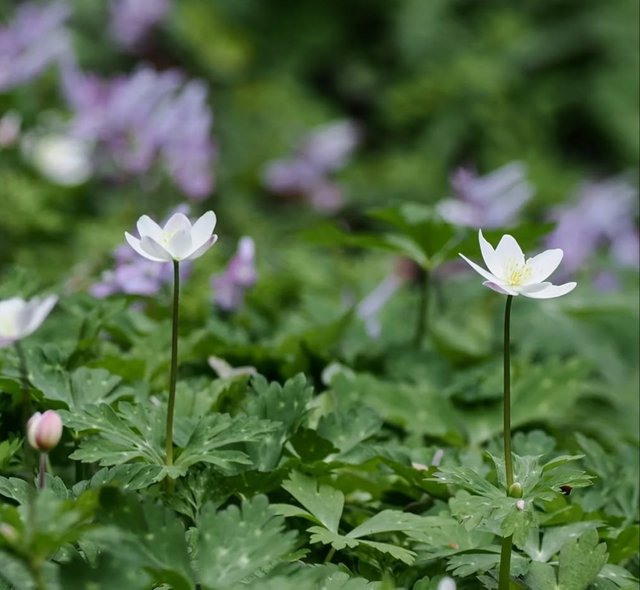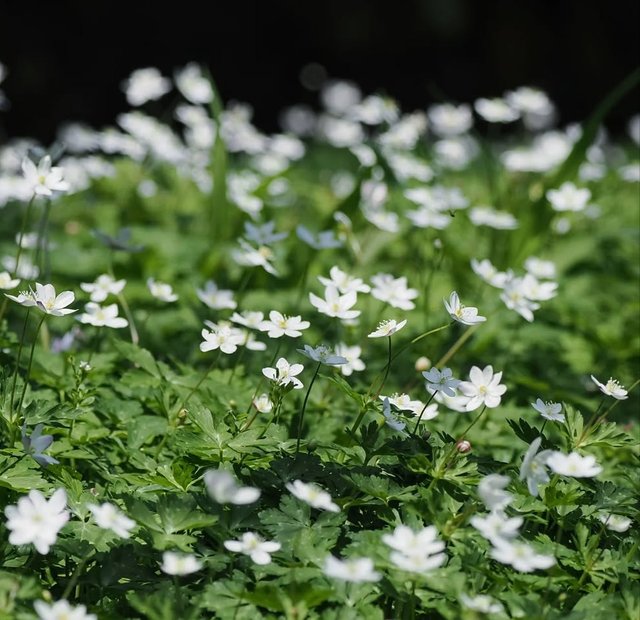Flaccid Anemone So Beautiful Flower
The Flaccid Anemone: A Gentle Beauty of the Sea
When people think of sea anemones, they often picture vibrant, colorful creatures with tentacles flowing dramatically in ocean currents. Yet among the many species of these fascinating animals, one stands out for its unique and understated charm: the Flaccid Anemone.
The Flaccid Anemone, sometimes called the "tree anemone" because of its branching appearance, is a lesser-known but deeply intriguing member of the Actinodendronidae family. It is mostly found in the warm waters of the Indo-Pacific region, stretching from the Indian Ocean to parts of Southeast Asia and Northern Australia. Despite its relative obscurity compared to more famous cousins like the Bubble-Tip Anemone, it plays an important role in its ecosystem and has some fascinating characteristics worth exploring.
Appearance and Behavior
True to its name, the Flaccid Anemone often appears soft and droopy when undisturbed, with its tentacles languidly trailing over the substrate or gently swaying with the ocean currents. Unlike the rigid, upright posture of many anemones, its relaxed structure can make it seem less "alert" or vibrant, but this flaccid form is a clever adaptation to its environment.
The anemone’s tentacles are highly branched, almost resembling a small underwater tree or a piece of soft coral. These tentacles are covered in numerous stinging cells, or nematocysts, used to capture prey and defend against predators. When threatened or when touched, the Flaccid Anemone can quickly retract its tentacles, appearing much more compact and protecting its vulnerable body.
Interestingly, despite its delicate look, the Flaccid Anemone’s sting can be quite potent. Some species in the Actinodendron genus are known to inflict painful stings to humans, earning nicknames like "Hell’s Fire Anemone" for close relatives. While the Flaccid Anemone is generally less aggressive than those species, caution is still advised when observing them in the wild.
Habitat and Ecology
Flaccid Anemones prefer sandy or muddy substrates in shallow coastal waters, often anchoring themselves in sheltered lagoons, reef flats, or seagrass beds. Unlike some anemones that form symbiotic relationships with clownfish, the Flaccid Anemone tends to live a more solitary life. It occasionally hosts small shrimps or crabs that seek shelter among its tentacles, but these relationships are more opportunistic than mutualistic.




%20(7).jpeg)